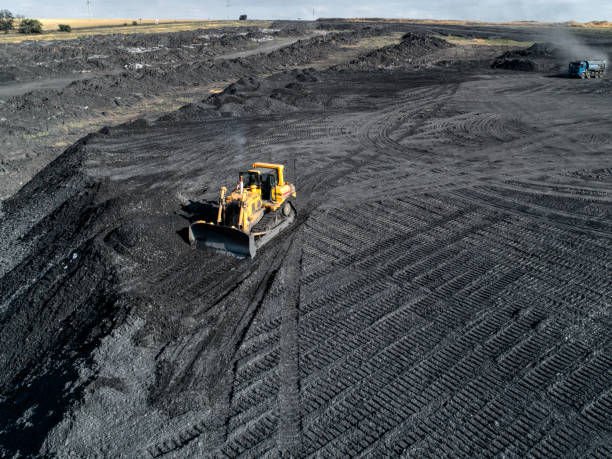VighnoX Global Resources Limited primarily supplies steam coal sourced from Australia and Indonesia and has established long-term partnerships and supply contracts with several coal mines in those regions. At the same time, Indonesia has emerged as the second most significant exporter of steam coal globally, following Australia. In 2010, a total of 340 million tons of steam coal were extracted. The overall resources are estimated to be around 60 billion tons; however, currently, only the extraction of about 7 billion tons is permitted and underway. At the current production rate, the allowed mining quantities will be adequate for the next two decades.
The fine texture of our Steam Coal is widely utilized in various industries, including iron, cement, bricks, and others. During the generation of steam electric power, this coal is extensively utilized as a fuel source. Commonly utilized for production and the creation of coke, steam coal typically appears black, though it can occasionally be brown. It comes in various forms such as powder or various rock shapes and sizes. In addition, the Steam Coal (Thermal Coal) is supplied in outstanding packaging to protect it from dust and moisture.
Features:
Precise ignition point
Longer shelf life
Accurate composition

Export and port capacities have increased consistently, as major ports along East Kalimantan’s coast manage Panamax and Capesize ships, surpassing 100 million tons each year. Smaller ports serve Handysize bulk carriers (up to 50,000 tons), while offshore loading employs river transport for transferring to bigger ships

Coal steam from Indonesia possesses low levels of ash and sulfur (under 1%). The majority of coal is in the low calorific range (5,500–6,000 kcal/kg), while a portion is high-calorific coal (6,100–6,700 kcal/kg). Coking coal output is restricted because of limited resources

Exports of Australian and Indonesian steam coal mainly serve the Pacific region, while shipments to Europe and America are minimal, functioning as "swing suppliers" based on price and demand fluctuations. Japan leads as the top buyer (35 million tons), followed by Taiwan, South Korea, India, and China (20 million tons). Future growth in exports to China is anticipated
Regarding questions about our services or if in need of assistance, contact us for support.